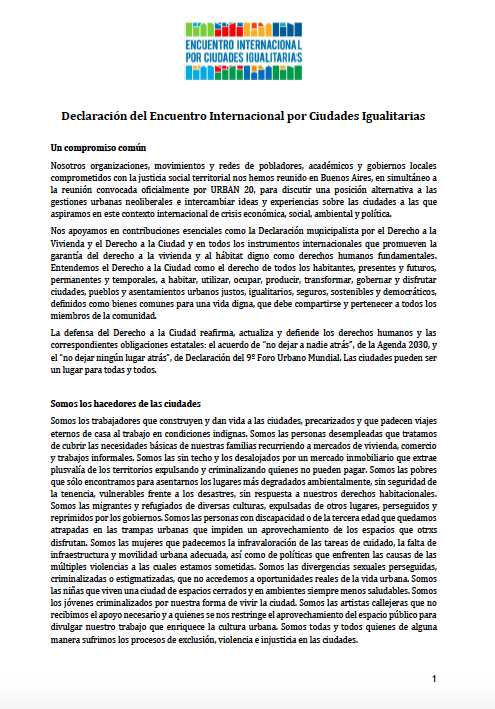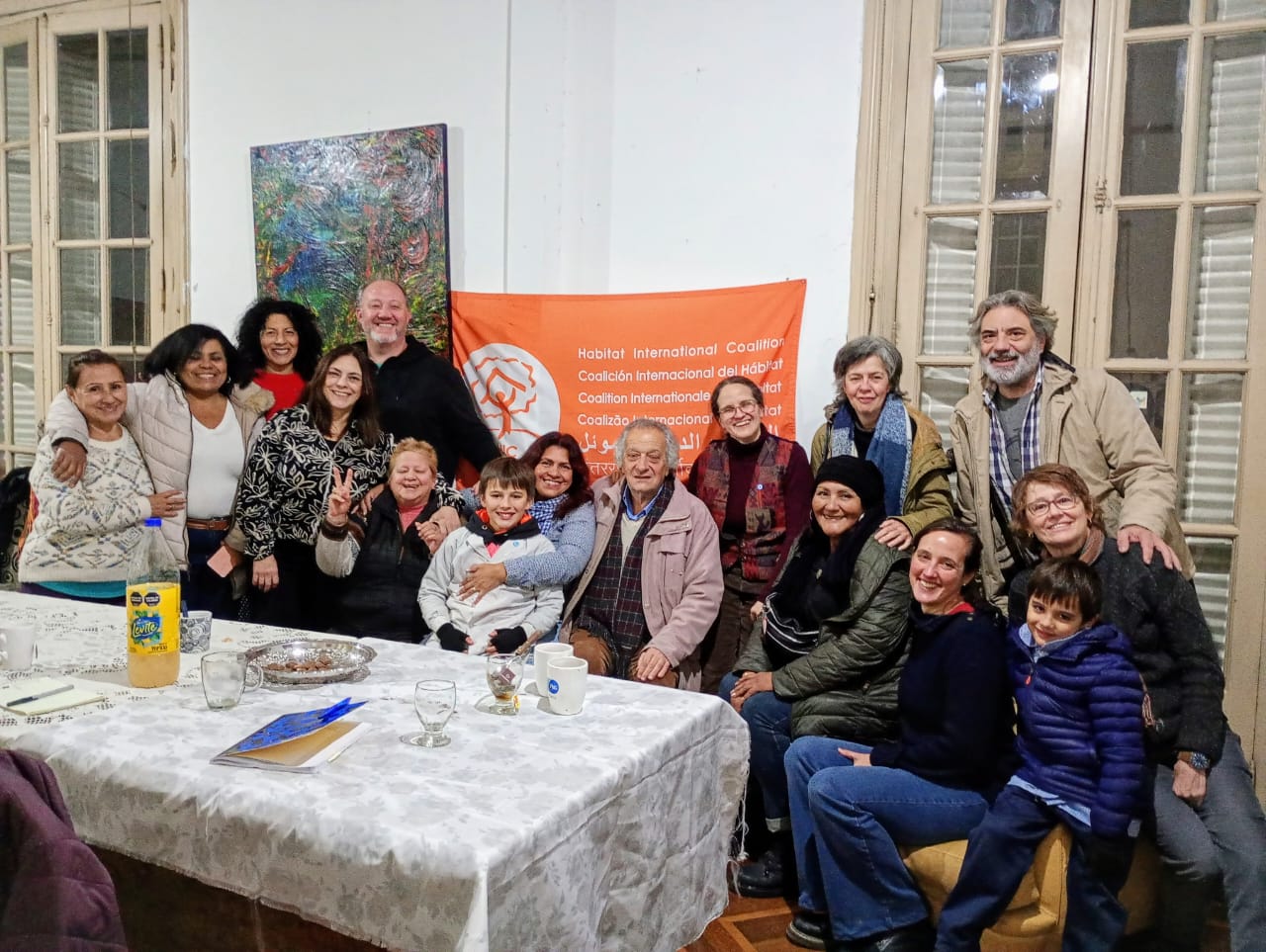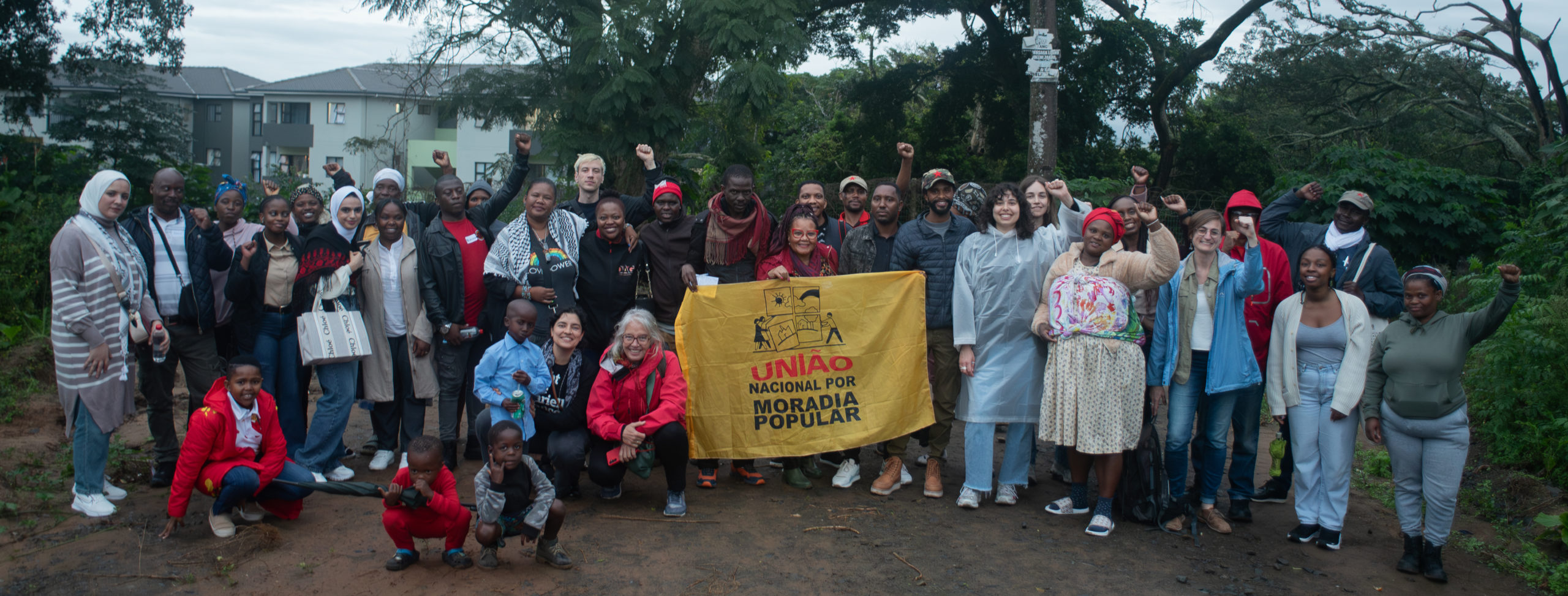The Purpose
The purpose of this paper is to further the understanding of the non-governmental sector. As this sector becomes increasingly popular and important to the development of civil society, it is necessary to understand its evolving role and its impact in the development process. This study will examine specific cases of partnerships between government and the non-governmental sectors given varying political and social contexts. These partnerships present a new approach to development planning than can be useful to developed and developing countries. This study contributes to the field of Public Administration because it presents a solid case for more effective and participatory governance. It identifies key players in service provision and delivery by fully exploring, recognizing and encouraging their contributions. In addition, this analysis recognizes the global importance of citizen participation; it is not restricted to any particular country or region of the world, but its value is shared internationally.
This study is divided into four chapters. Chapter one defines and describes the global impact of the non-governmental sector. This chapter will give the background information that is necessary to understand the importance of the role of NGOs, their contributions and their constraints. Chapter two examines the issues surrounding NGO- Government partnerships including a description of the sometimes tense relationships that exist between the sectors as well as the attributes that can make both sectors viable development partners. In Chapter Three, case examples from Italy, the Netherlands, United States and Canada are presented. These cases represent successful partnerships in local governance; yet illustrate the challenges of such relationships. In addition, it presents an analysis of the cases, identifying the common themes and major differences that can be drawn across the cases and contexts. The Lessons Learned are given in Chapter Four about the programmatic elements, derived from the case studies that may be necessary ingredients for successful NGO- Government partnerships.
Methodology
The research methods used in this analysis were derived through a review of the professional literature and a thorough examination of four case studies. The notable works of Virginia K. Hodgkinson in The Nonprofit Sector in the Global Community: Voices from Many Nations, John Clark’s- Democratizing Development: The Role of Voluntary Organizations and Lester Salamon in The Global Associational Revolution: The Rise of the Third Sector, provide the basic framework for the text. The four cases selected for this analysis are from Italy. The Netherlands, the United States and Canada. These case studies were compiled under the direction of the Habitat International Coalition in Mexico City. The Habitat International Coalition has compiled numerous case accounts of local government- NGO partnerships from various regions of the world. These four cases were selected for this preliminary study because they complemented the author’s knowledge of the United States non-governmental sector, and a recent travel/study in Northern Italy. The Netherlands case was highly recommended by the Habitat International Coalition and was selected as a result. The four cases provide examples from the experience of developed countries rather than developing countries, yet the findings of which may have significance in both contexts.
These case accounts from the four countries have been studied to determine the extent to which common social, political and economic themes may be found which transcends geography and culture. Unique aspects, which contribute to outcomes, are sought as well, in order to understand the major differences between the cases. As the upcoming UN Conference on Human Settlements attempts to establish best practices for addressing problems in local governance, this analysis will explore the ingredients that are necessary for developing successful governments- non- governmental organizations partnerships.
Lessons Learned
All four of the cases cited in this report contribute to a greater understanding of the value of and the programmatic elements that are needed for successful partnerships. Collectively, they offer general lessons about the significance of partnerships and considerations for potential partners. The lessons are general in terms of their applicability and can serve as the beginnings of a model for partnerships in developed countries.
One of the more universal themes that the case studies reinforce is that partnerships should be complementary and based upon mutual advantages for both parties as each sector has significant contributions that it can bring to a partnership effort. Non-governmental organizations are generally issue specific. Governments, if they hold the appropriate power and resources, are in positions to combat the poverty and hunger that faces communities by pulling together all of the resources within the community. The NGO sector alone can make small impacts. Their services should be coordinated with and in addition to the services that governments offer. The citizenry elects government officials and they are responsible to their constituents. The partnership should not impede the progress of either organization but should be an asset, which contributes achieving to the individual and collective objectives of the organizations.
NGO-Government partnerships can provide an alternative to the traditional methods of identifying needs. Well-established community organizations with strong grassroots ties have the ability to provide information to and include project beneficiaries in, the needs assessment, planning and implementation processes. This serves government in that it can provide a sound foundation for the development of public policies. It serves the community because it gives accurate information on community needs.
Partnerships between the sectors however, should not create such friendly relationships that the identities of the sectors are blurredNon-governmental organizations are typically advocacy, community-based and they are often the watchdogs of government and public policy These are the very values on which democracy is based and it would Be a tragedy to lose them. Perhaps the concept of an umbrella organization is one of the more programmatic methods in terms of establishing partnership with government and maintaining individuality. The primary decision makers are more likely to allow a negotiating relationship to develop when the NGOs are presented as a team. In addition, it simplifies compromise.
There can be no single approach to dealing with the problems of communities as they have unique conditions and needs. Efforts to meet the needs of these communities require that we pay special attention to history, culture, and social-economic conditions. However, the sharing of experiences across local, regional, national and international boundaries is necessary. A city in the United States and a city in Italy may have more in common than cities within the same country or municipality! In addition, no single level of government has all of the answers for addressing these problems. Effective national macro-economic policies and finances are needed to address issues such as education and income redistribution. Greater local level decision-making powers and the authority to adapt national plans to local issues are necessary for creating more viable communities.
In conclusion, partnerships can strengthen the democratic process as individuals take a more active role in shaping their futures. Partnerships however are not always mutually beneficial and special considerations should be given prior to entering into such relationships. The case studies provide a wealth of information from which all countries can learn. As the United Nations, individual countries and localities search for solutions to the problems of human settlements, a systematic method of sharing country experiences must be developed. These cases contain the elements for developing an effective model for partnerships and should be shared. More research in this area could lead to the development of a Model for Partnerships and the sharing of best practices. What follows is not a methodology, but some of the ingredients that should be considered for establishing effective partnerships.
Considerations for Partners
The local Government (is) | The NGO (has): |
Competent | Strong community roots |
Honest | Demonstrated capacity |
Powerful and independent | Democratic structure and operations |
Trusted in the community | Innovative methods |
Legitimate | The trust of the Community |
Projected Outcomes for Partnerships
Substantive Results
Sustainable programs
Cost Savings
Shape Public Policy
Mutual Advantages for each party
Promotion of Democratic Practices
The elements noted in the above matrixes, provide a set of criteria that governments and NGOs may consider for effective partnerships.




